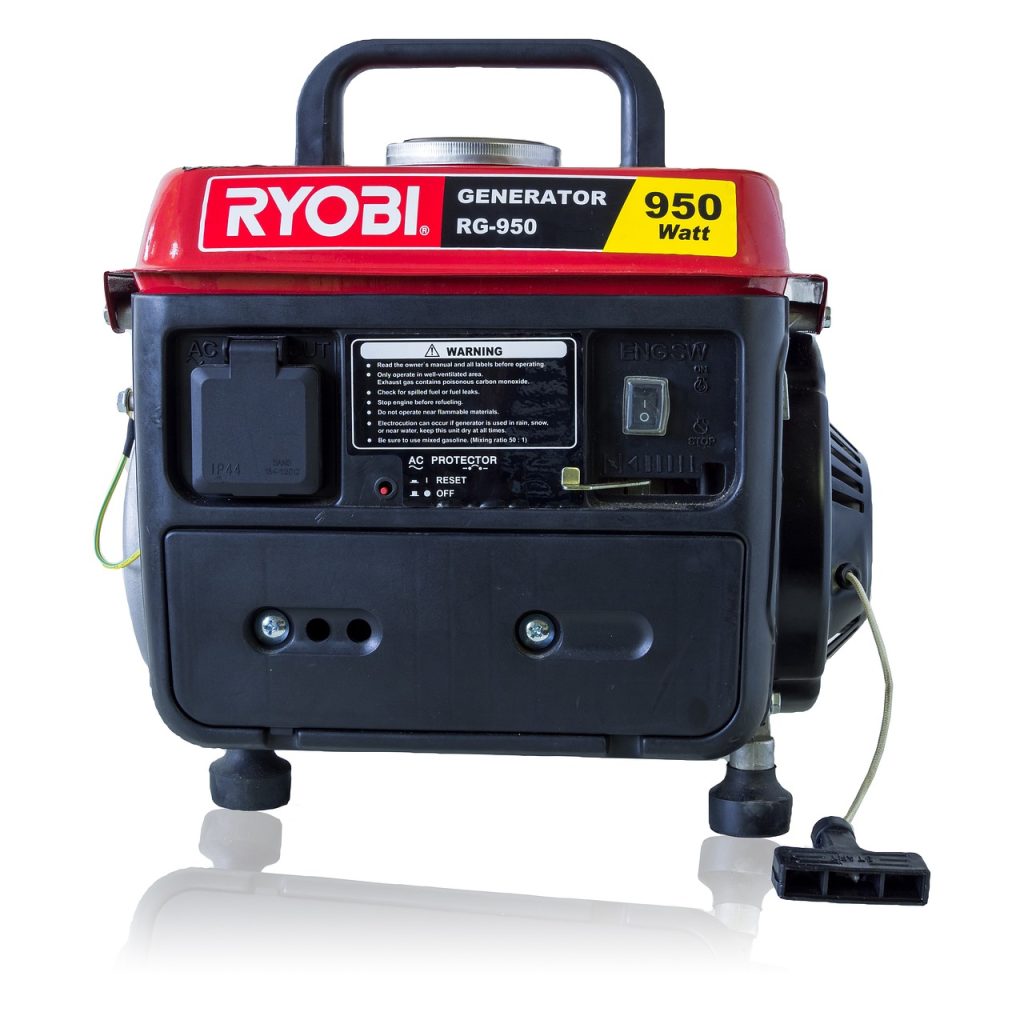Breaking Down the PARA System

The acronym PARA is for Projects, Areas of Responsibility, Resources, and Archives. You put each piece of digital information into one of these categories according to this system. You use the four-category filing system on all digital platforms. Archives are from the other three categories. When you’ve finished a project, you decide that an Area of Responsibility is no longer relevant, and you move the information to your Archives.
Core Principles of Digital Organization
Avoid heavy lifting at all costs to avoid doing work of questionable value. Complex systems have to be grown. The process of organizing should not be treated as an end in itself. There is no real impact on productivity when folders drift apart. Don’t use a common naming convention, use a standardized template for all notes, or create an internal structure for notebooks.
Usefulness of the PARA method
The P.A.R.A. method allows you to organize your digital information into different categories, so that it is easy for you to get organized with it. This is important because having many different tools that are adapted to different needs can be confused.
Flows and Upkeep
There are different reasons for a piece of information to flow between two of the four primary categories. When you collect information a long time ago, it becomes relevant for a new responsibility. When a project can become a long-term, ongoing responsibility when a past project becomes an interest. When a past project becomes an interest, you can move relevant notes from the old project to the new section.
Just-In-Time Organization

Don’t schedule reorganization on a strict schedule at set intervals as opportunities arise. “Organizing things” is time-consuming overhead work with no clear return. Adapt your organizational structure gradually. Don’t worry about the notes flowing from one category to another. You don’t have to worry about what “done” looks like. You always have a backup tool to find what you missed.
Separate Projects from Areas of Responsibility
A project is a specific thing you’re working on that has a deadline and required tasks. An Area of Responsibility is important in your life or work, but it doesn’t have deadlines. If you divide your projects and areas of responsibility you can clearly see how each task relates to a larger goal.
Setup Guide
Move existing files to a new folder called “Archive [date]” and create new folders for each project. Remember to use the same titles for your projects across platforms. If you do, save things in your digital notes app. There are exceptions to this rule, including sensitive information, medical records, and financial data. There are exceptions to this rule, including sensitive information, medical records, or large or specialized files.
Finishing setting up P.A.R.A. at the technical level

Once you have decided on the software you will use to store your digital information, you can start creating the structure of your files in each of your software. Do you need to make an appointment with your doctor? This will be in a health area and in a task list. Has your summer camping project been completed so far? You can move the folder “Camping” from your “Projects” area to your “Archives” area. For the right information you’ll only have to look at the right section of software. It becomes easier to file and retrieve information. This is very useful when you start to have a lot of information or to save time. You will only have to maintain your organization when you add and retrieve info.
Build Your Project List
Writing down your projects is the best way to start. You can put things on your list that you need to do. You then include this master project list in any apps programs or other digital tools you may have.
Final Thoughts

The PARA system can help you stay organized. It won’t work for everyone, but it has a lot of potential.
Leave a Reply
You must be logged in to post a comment.